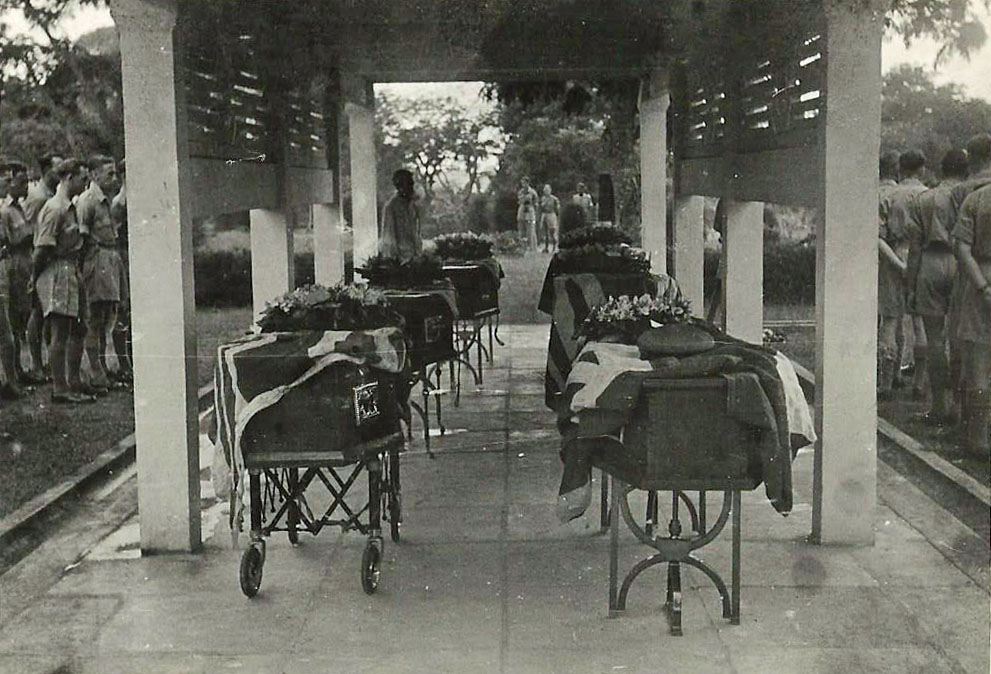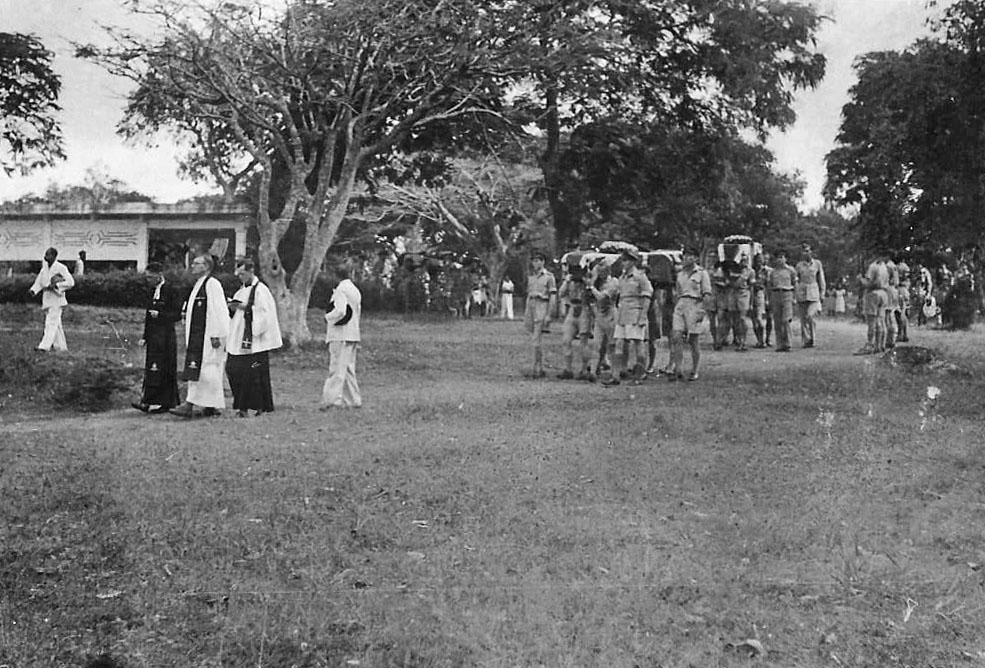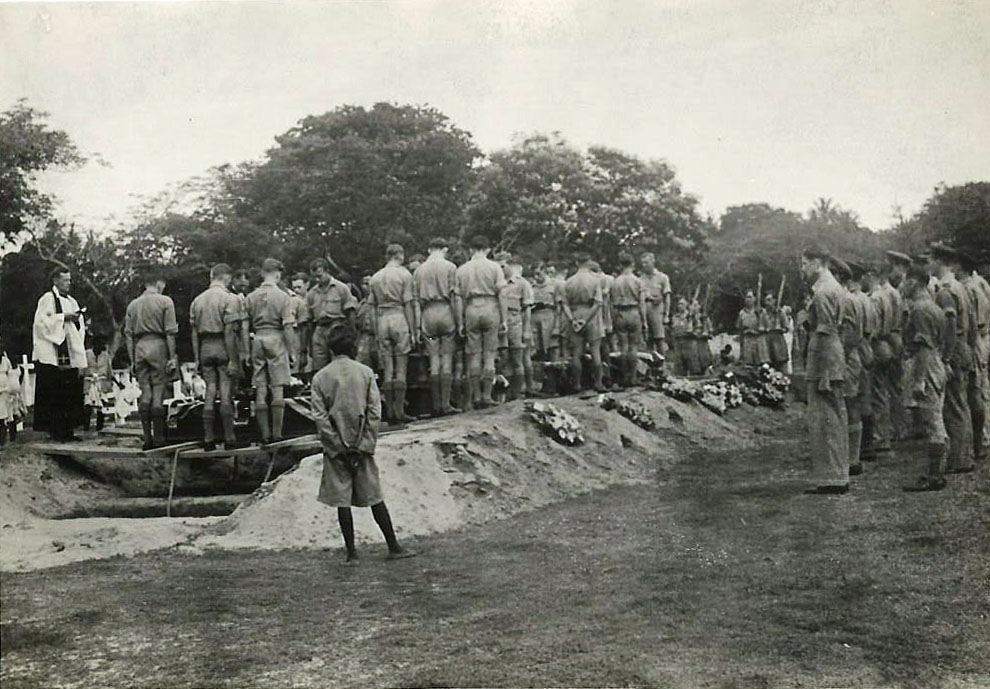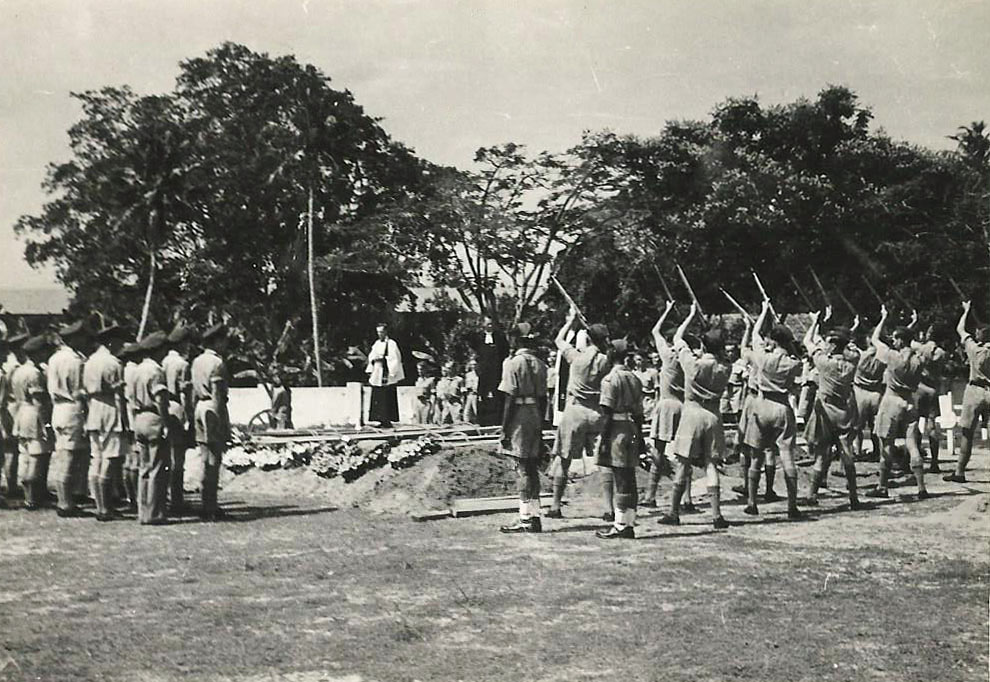Address by HE Robyn Mudie, Australian High Commissioner to Sri Lanka,
at the Dawn Service for ANZAC Day at Jawatta Cemetery, Colombo, on 25 April 2014
Thank you for your attendance at this Anzac Day dawn service. I acknowledge and welcome the presence of senior Sri Lankan officials, diplomatic colleagues, members of the Australian, New Zealand and other communities. It is an honour to share this important event with you.
On 25 April 1915, 99 years ago, in the darkness, before dawn, thousands of young Australian and New Zealand troops landed at a place now known as ANZAC Cove on the shores of Gallipoli, a land then unknown to most Australians, but a place of great significance today.
The thousands of young soldiers who went ashore met fierce resistance from the Ottoman Army and many hundreds of lives were lost within a few short hours. More than 2000 Australians were killed or wounded on 25 April alone.
What had been planned as a bold strike turned into a stalemate, and the campaign dragged on for 8 months. This protracted period of fighting saw very heavy loss of life on both sides and significant hardships, but also many acts of bravery and valour. Australian and New Zealand men and women served in Gallipoli including members of the nursing contingent. At the end of 1915, the Allied forces were evacuated after the loss of over 10 000 Australian and New Zealand lives.
Each year we gather on 25 April to pay tribute to those who fought in Gallipoli, the Anzacs, to all the diggers who fought in the Great War and the Second World War and to all the men and women who have served our nations since then – in wars, conflicts, peacekeeping and community rebuilding operations.
Over the past 99 years Anzac Day has grown beyond its origins as a commemoration of the Anzac campaign.
It has become a national day of remembrance for all of those who have served in defence of our countries or to support the resolution of other conflicts
We meet here today, not to glorify war or praise victors, but to remember those who have served our countries during times of conflict and crisis, and have served our nations in times of war as well as in times of peace, and to reflect upon their service and sacrifice.
We honour those who fell, but also those who went to war and then returned to pick up their lives, remembering as they did, the service they had given, the horrors they had lived through, the separation from loved ones and the loss of mates with whom they served. We honour those in combat; those imprisoned; those who nursed the injured and those transported and administered them.
We honour those who stayed behind to sustain our nations and the families who waited at home hoping and praying for the safety of their sons and daughters.
Today, in Colombo, we pay special tribute to those Australians and New Zealanders who gave their lives in the service of their countries and are buried here in Liveramentu cemetery, at Borella not far away across Colombo and on the east coast, at Trincomalee.
The peaceful surroundings of these three cemeteries are the resting place for those who did not come home from the war. They died thousands of miles away from their homes and loved ones.
For many of the families of these lost men and women, these places are somewhere they can only imagine.
Over the years, some family members have travelled many thousands of miles simply to see the resting place of their loved ones. Others never had the opportunity to see this physical memorial. Our presence here this morning allows us to represent those families. It allows us to pay a very personal tribute to those who lie here.
Among these, at this cemetery lie the remains of the aircrew of Liberator BZ864 from 160 Squadron who were lost when their aircraft crashed taking off at Sigiriya for a dive bombing attack on an enemy convoy in April 1944.
Six of the crew were killed, including two Australians, 20 year old Flt Sgt Frederick Scott Brissenden from Earlwood, NSW, 20 year old Flt Sgt Warwick Melville Beauchamp from Marrickville, NSW and also one New Zealander, 22 year old Sgt Reginald Thomas Holbrook whose family was from Wellington.
They, along with the three other casualties from this flight, are interred alongside each other here at Liveramentu.
The niece of another victim, Pilot Officer Bill Crawford of the RAF has shared with us photos which were taken at the funeral of the six aircrew which took place here in this cemetery on 25 April 1944 – 70 years ago today.
The photos, which you may wish to see later on at the Australian Residence, are a poignant and graphic reminder of the reality of war and loss. They represent a scene which was played out over and over again in the battlefields of the first and second world wars and in many theatres of conflict since then.
They show the priests leading the procession of six flag-draped coffins each borne by the mates of those lost, the floral wreaths carefully placed on each coffin, the 21 gun salute being fired and the men lined up in their tropical uniform to pay their last respects to their comrades and friends in this land far from home.
For the families of those six men, the photos would have shown that their loved ones were laid to rest with dignity, care and full honours. Along with the fading images of uniformed boys and men proudly heading off to war, which were displayed in so many homes across Australia and New Zealand during the war years and for many years beyond, photos such as these would have been something for families to cling onto, giving them a tangible connection to their loss, perhaps some small comfort in the weary years ahead when the war was over but their lives were never quite the same again.
The photos very graphically represent the service and sacrifice to which we pay tribute on Anzac Day.
Today we honour and remember those six air crew and the other Australians and New Zealanders who lie here in this cemetery, many of whose graves are marked with candles this morning. We also pay tribute to those who lie in Borella and to the eight Australian and New Zealand servicemen who are buried in Trincomalee – John Colin Allen, aged 19 from Koriot Victoria; Jasper Murray Anderson, also known as Mudge, aged 22 from Napier, Hawke’s Bay, New Zealand; Howard Harris, aged 23 from Masterton, Wellington, New Zealand; Arthur William King, aged 19 of Claudilands, Hamilton, New Zealand; William Earnest Pearce, aged 23 of Rose Bay New South Wales; The Rev Claude Francis Webster, aged 33 who served on Her Majesty’s New Zealand Navy Ship Achilles and Lloyd David Williams, aged 22 from Christchurch New Zealand.
Our presence here today is a way of keeping the names and memories of the lost men alive.
Today, on Anzac Day, we join our compatriots around the world who today will pause and honour the Anzacs and all of those who have followed in the service of our countries.
As we pay tribute to them, we endeavour to find in ourselves a greater understanding, a more compassionate care, and a heightened wisdom, that will help us to anchor our past, guide our future, and see the present more clearly and more honestly.
Here in Colombo as the sun rises on Anzac Day we pause and remember in particular those who lie around us, and elsewhere in Sri Lanka, and we honour their memory.
Lest we forget.




